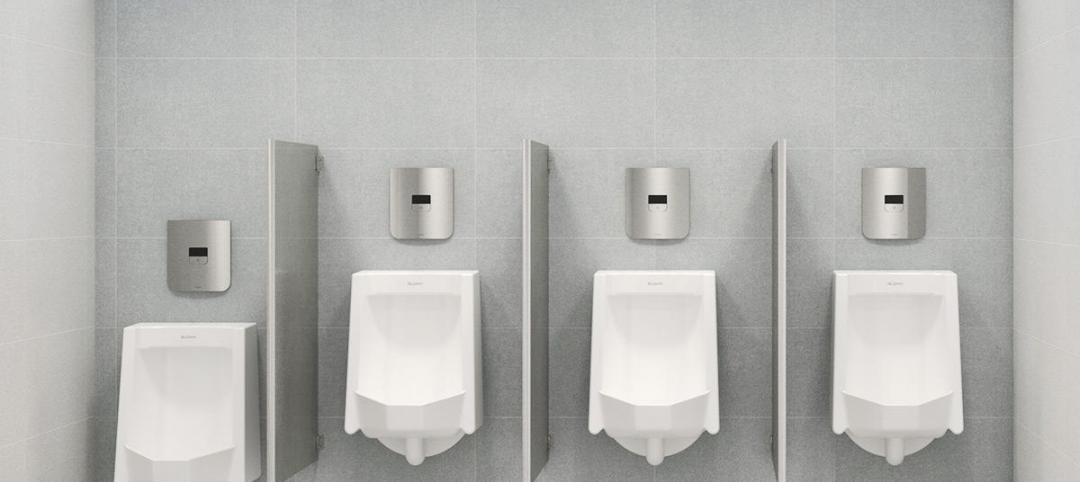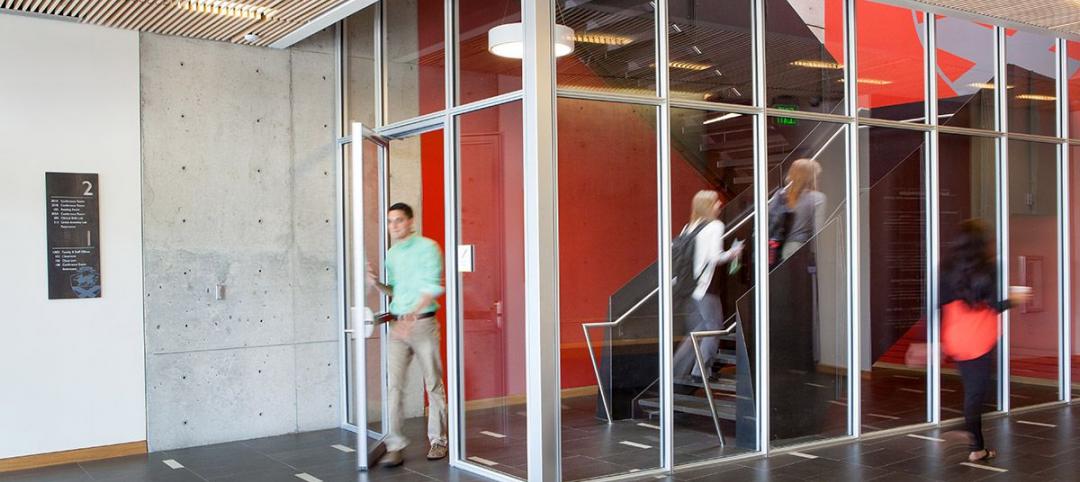American Chemistry Council (ACC) is touting projections in a new report by the International Council of Chemical Associations (ICCA) showing that combining building efficiency improvements-made possible by innovations in chemistry–with lower-carbon fuels could lead to a 41 percent reduction in energy use and a 70& reduction in greenhouse gas emissions by 2050.
Of all the energy used in the U.S., nearly one-third is consumed by the building sector. Improving efficiency is critical, and during the next few decades the amount of energy used by the building sector will increase dramatically (more than 62% by 2050), as will the amount of CO? emissions (more than 87% by 2050), according to the ICCA report.
“The ICCA projections reinforce what we have known for long time – that the chemical industry is an indispensable provider of solutions that improve the energy efficiency of buildings,” said Cal Dooley, president and CEO of the American Chemistry Council. “Nearly every energy-efficient technology is dependent on innovations made possible by chemistry. Our products make the nation’s energy supplies go further while lowering energy costs for businesses and families.”
The ICCA Building Technology Roadmap, which will be officially released this week at the 18th session of the Conference of the Parties to the United Nations Framework Convention on Climate Change in Doha, Qatar, examined the chemical industry’s contributions to energy efficiency and greenhouse gas savings in residential and commercial construction. The report focused on the potential savings from five chemically derived building technologies that are commercially available today: insulation, pipe and pipe insulation, air sealing, reflective roof coatings and pigments, and windows.
According to the ICCA report, energy-saving products installed in homes in the U.S. prevented nearly 283 million tons of CO? emissions in 2010–equivalent to the greenhouse gas emissions of 50 million passenger vehicles. Studies show that if this trend continues, more than 7 billion tons of emissions can be avoided by 2050 in the U.S. alone–equivalent to the CO? emissions of more than 1.2 billion passenger vehicles.
Averaging at least 75% of the heat loss in households, single-family homes provide most of the potential for energy savings within the residential sector. In 2010, the cumulative energy savings from chemically derived building products in U.S. residential buildings was 46 times greater than the energy required to produce the products. +
Related Stories
Building Technology | Jan 7, 2020
Tariff whiplash for bifacial solar modules
Bifacial solar systems offer many advantages over traditional systems.
Sponsored | HVAC | Jan 6, 2020
Four Ways Building Systems Create Long-term Profitability
When accounting for the total cost of ownership and the potential return on investment, owners and developers should consider total energy usage, the lifespan of building systems equipment, the recruitment and retention of occupants, and lease rates.
Sponsored | HVAC | Jan 6, 2020
Maximize Energy Efficiency in Class A Office Buildings With Modern Building Systems
Energy-efficient building design starts with the building envelope, but the building systems have a tremendous impact on energy use as well.
75 Top Building Products | Dec 16, 2019
Top Window and Door Products for 2019
Pella’s Rolscreen retractable screen and NanaWall’s HSW single-track sliding glass wall are among the 16 window and door products to make Building Design+Construction’s 2019 101 Top Products report.
75 Top Building Products | Dec 16, 2019
Top Structural Products for 2019
Inpro’s Fireline 140 fire barrier and Owens Corning’s Foamglas cellular glass insulation are among the 10 structural products to make Building Design+Construction's 2019 101 Top Products report.
75 Top Building Products | Dec 16, 2019
101 Top Products for 2019
Building Design+Construction readers and editors select their top building products for the past 12 months in the fourth-annual 101 Top Products report.
75 Top Building Products | Dec 16, 2019
Top Plumbing Products for 2019
Sloan's CX Flushometer and Zip Water's HydroTap are among the eight plumbing products to make Building Design+Construction's 2019 101 Top Products report.
75 Top Building Products | Dec 16, 2019
Top Interior Building Products for 2019
Arktura's Delta Drop ceiling and CertainTeed's Decoustics Rondolo wood panels are among the 13 new interior products to make Building Design+Construction's 2019 101 Top Products report.
75 Top Building Products | Dec 16, 2019
Top Glass and Glazing Products for 2019
SageGlass's Harmony dynamic glass and Vitro Architectural Glass's Acuity low-iron glass are among the nine new glass and glazing products to make Building Design+Construction's 2019 101 Top Products report.
75 Top Building Products | Dec 16, 2019
Top Flooring Products for 2019
Tarkett’s aviation-inspired flooring collection and J+J Flooring’s textile composite flooring are among the four new commercial flooring products to make Building Design+Construction’s 2019 101 Top Products report.















